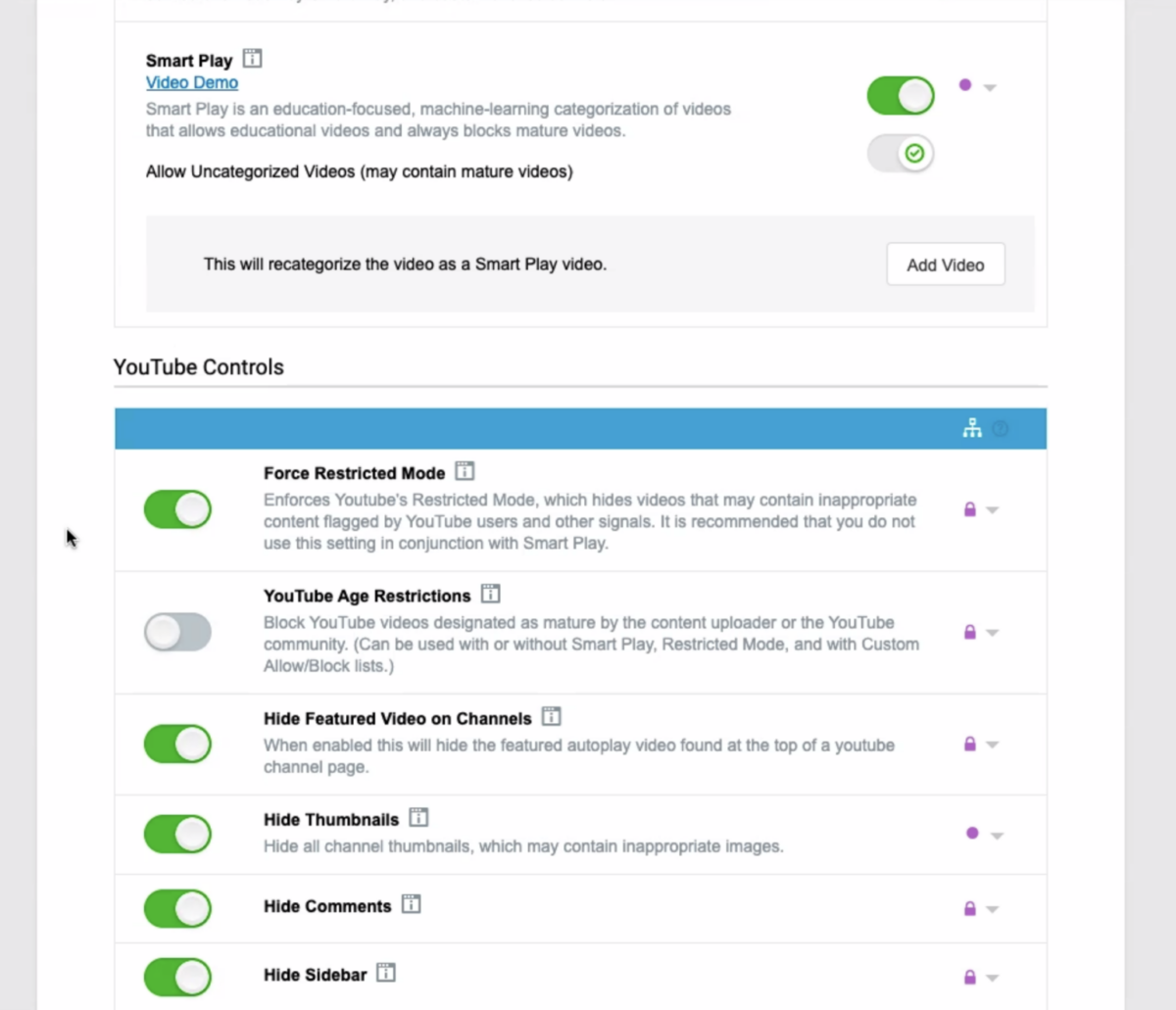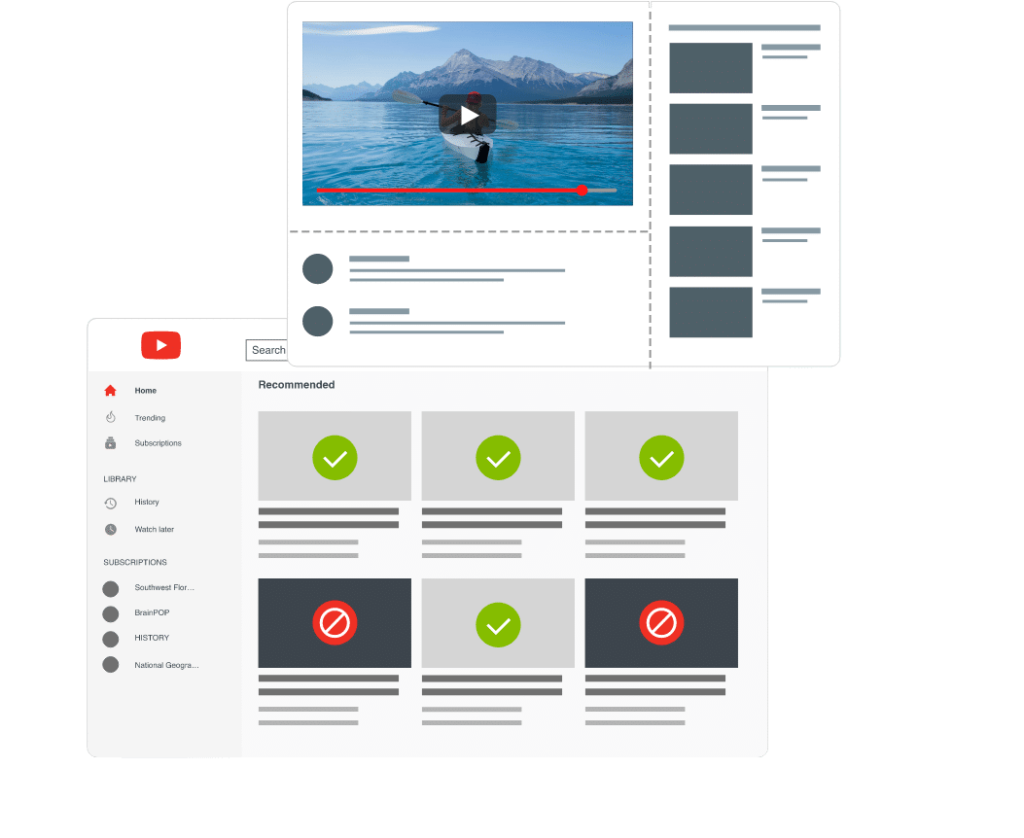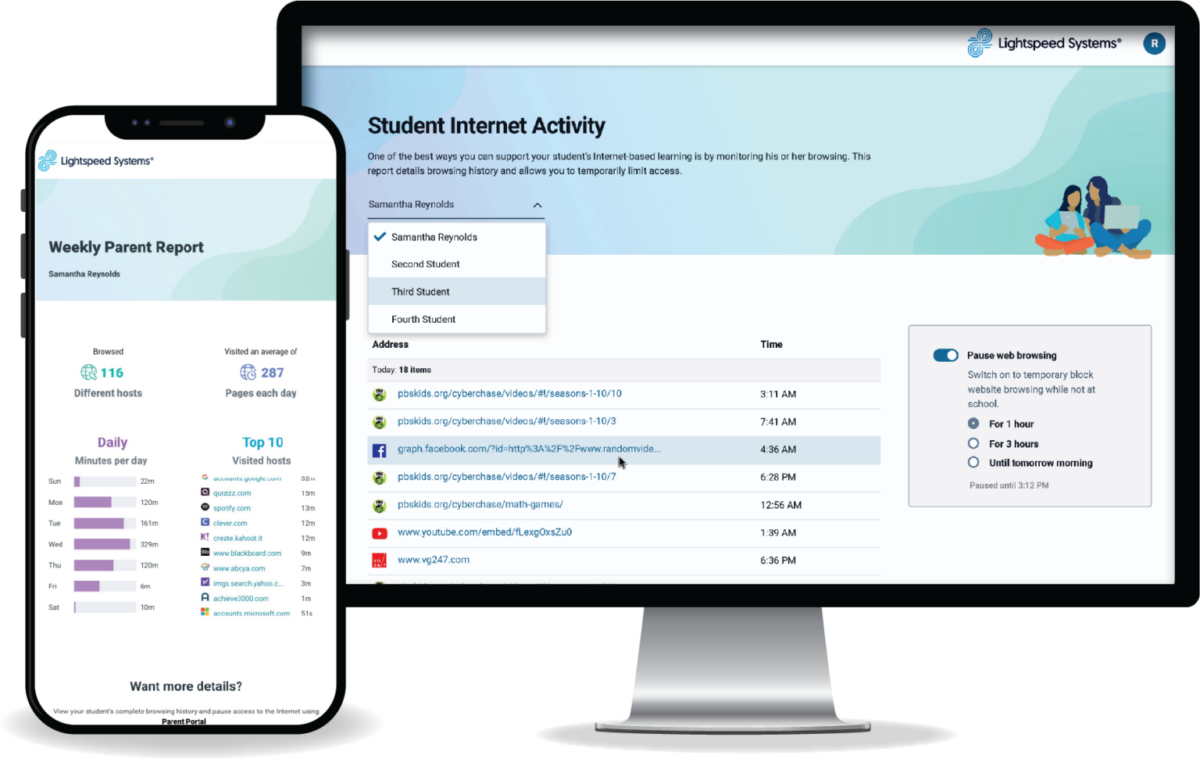How to choose the right K-12 web filter
Selecting a K-12 web filter for your district isn’t just about having a CIPA-compliant filter (though of course, that’s critical).
That’s because districts shouldn’t settle for mere compliance: they should deploy a filter that keeps students safe and helps teach them important online boundaries without interfering with their ability to access and use effective online resources.
To determine which K-12 filtering solution will help you and your community make the most of your edtech programs, make sure your filter has these seven essential features.
1. Cloud-managed filtering for off-campus protection
In the era of hybrid and remote learning, CIPA compliance is no longer just an on-campus issue. Students who are learning from various locations, or who are simply bringing their school devices home for evenings, weekends, and breaks, need to be protected from inappropriate content just as much as they are while on campus.
Therefore, select a cloud-managed web filter that ensures your students are protected online, anywhere learning takes place, and give your students 21st-century flexibility in their learning environment. This will keep learning processes uninterrupted despite unforeseen disruptions to your district’s plans.
2. Selective YouTube filtering
A good content filter doesn’t just control access to certain sites; it also controls access to content within sites that have both acceptable and objectionable content. That’s why you need a YouTube education filter, particularly one with the capacity to block certain aspects of YouTube on Chromebooks and other devices.
Some YouTube videos can teach complicated math or physics concepts while others are simply too mature or inappropriate for students. Having granular and configurable YouTube filtering built-in natively to your web filter allows your community to harness the benefits of video learning without putting students at risk.

As a bonus feature, look for a K-12 web filter that hides inappropriate video thumbnails and video comments.

And because what is inappropriate depends on age, also make sure your K-12 web filter offers you granular filtering controls based on grade, group, and class type.
3. Custom filtering for smarter, personalized protection
It isn’t enough to choose a filter that blocks students’ access to dangerous and malicious content: you also need to choose one that maintains easy access to the educational materials students need to learn and to take advantage of emerging opportunities.
Since students and teachers have different needs, you need a filter that allows you to customize the permissions of each grade, class, or individual. The more responsive your filter is to individual needs, the more your filter will help each member of your community achieve his or her desired education outcomes.
4. The power of AI and deep experience
When it comes to K-12 web filtering, you need to be able to rely on the technology and the expertise of your provider.
So, when selecting your filter, make sure you choose one that has an expansive database of online content. The content of the database should be indexed and evaluated for the threat it may pose to student safety. The more extensive the provider’s database, the more confident your district can be that students remain safe from malicious content while using their devices.
But of course, new malicious sites emerge all the time, so a filter with a quality database is not enough. Rather, your district should look for a filter powered by effective artificial intelligence designed to block inappropriate material from students while allowing access to essential learning resources.
Together, an extensive database and AI technology will help keep your students safe from threats old and new.
5. Control gaming in the classroom
Who didn’t love playing Oregon Trail or Jeopardy during class time back in the day?
Gamified learning has come a long way since then. Newer educational games, such as Minecraft: Education Edition, engage students and should be accessible to them. Unfortunately, inappropriate games, of which there are too many to name, have evolved just as dramatically to include more adult themes and become more distracting than ever.
Your filter must therefore block the inappropriate games while allowing students to leverage the power of the latest educational games. You should look for a web filter with granular blacklisting and whitelisting features to ensure your students are only playing games that aid in classroom instruction.
6. Flexibility across every OS
With diverse devices proliferating in districts nationwide, you need to make sure you choose a filter that protects your students no matter what devices they choose to use.
Further, if you have implemented a BYOD (bring your own device) policy or are considering implementing one in the future, you also need the ability to filter on those devices to eliminate your blind spots and better promote student safety.
So don’t let the devices’ operating systems dictate how well you achieve CIPA compliance. Select a web filter that gives you the power to choose the right devices for your curriculum—and that lets students use the devices that work best for them. Because remember: your filter should adapt to you and your students’ needs, not the other way around.
7. Seamless parent communication
Whether parents are assisting students with remote lessons, serving as tech support for their children, or making sure that devices are being used appropriately, their involvement is more important than ever.
K-12 web filters with parent communication options allow guardians visibility into their child’s internet activity at home. This feature helps to keep students safe, focused, and observing healthy screen time allowances.

So, when you’re selecting your filter, look for one that offers a dynamic parent portal. Parents should be able to easily access the usage data they need to engage in productive collaborations with educators and students that produce the desired learning outcomes.
And while there are many web filters to choose from, one filter that helps you achieve CIPA compliance and these seven must-have features is Lightspeed Filter™.
To learn more about how Lightspeed Filter helps keeps students safe online, watch this 90-second overview video and request a demo or get pricing today.

